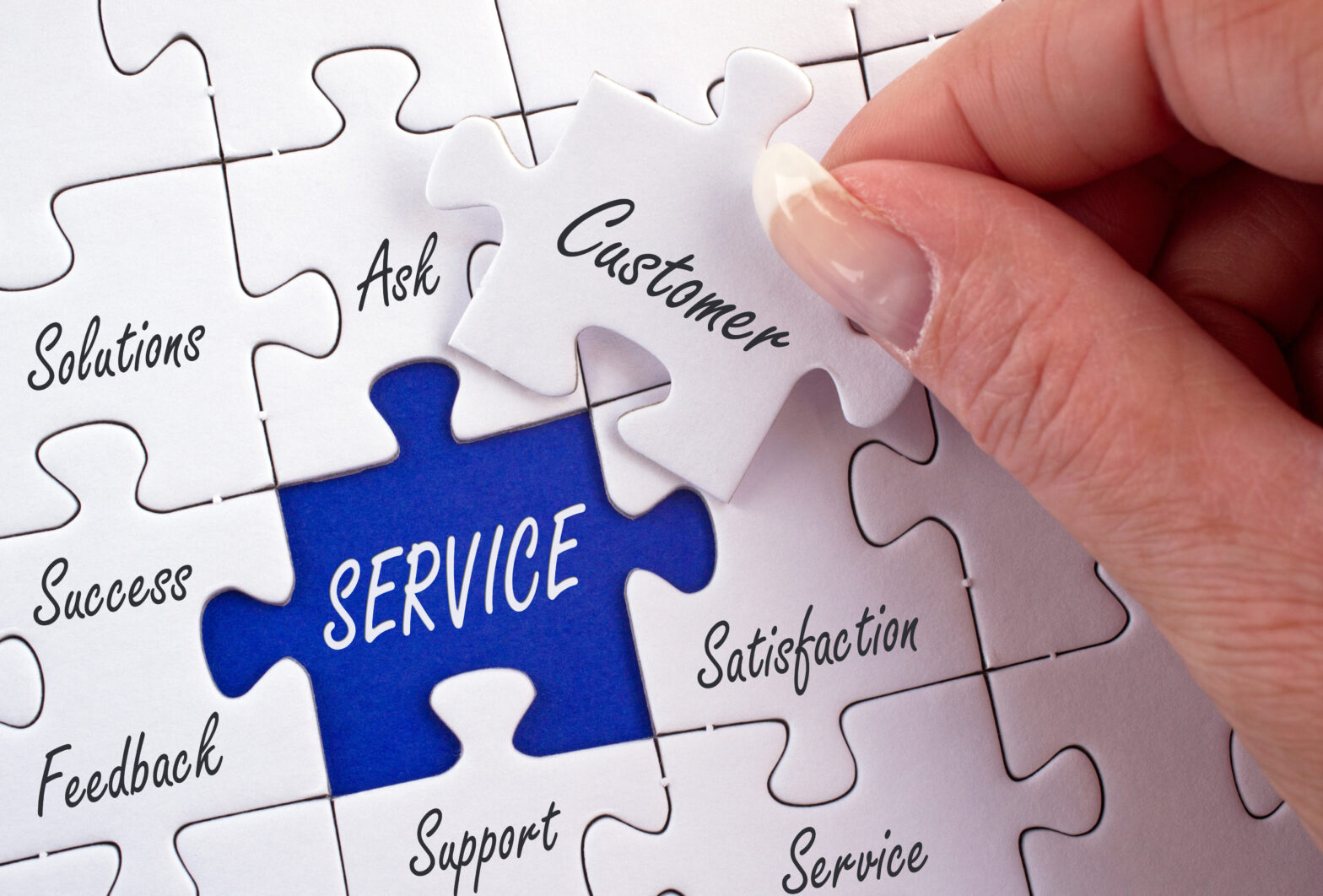Great customer service is a key factor to give you the edge over the competition, as Simon Horton discusses.
Whether you’re a big brand or new to the scene, with the right marketing and advertising you’ll be able to attract new customers to your website. What you do then will make or break your business.
There are a number of key factors to give you the edge over the competition, and for Simon Horton it’s fantastic customer service that tops the list. Here are his top tips.
Availability
A customer can always ask a sales assistant a question in a high street store, so offer the same service on your website with live chat. Ideally, 24/7 availability is your goal. Third-party providers can offer managed customer support (Google for names) as either a fully-outsourced service, or even just to in-fill out-of-hours periods for your in-house support team.
Display business contact details prominently across your website. First time buyers will be reassured about ease of access to customer services; existing customers will be less frustrated if they don’t have to hunt around for contact information.
Offer multi-channel customer support via email, live chat, phone or social media so the shopper can interact with you where they’re most at ease.
Make every interaction count
Every communication with the customer service team is an opportunity to build a long-term relationship. It’s these interactions that stay with shoppers and why they’ll recommend you to others.
The first interaction is critical, get it wrong and you’re never going to see that customer again.
The ease and speed at which consumers perform price comparisons means that competing on price alone isn’t going to make you stand out. You’ll easily be replaced by another search result offering it cheaper the next time.
The customer needs to remember your business for how easy the order process is, the speed enquiries are answered and how knowledgeable the customer service team are with responses. A reliable, stress-free experience is worth more to most people than saving a few pounds.
This is where the heart of your brand lies: creating a company ethos where every employee believes in treating the customer fairly, striving for what’s in the customer’s best interest for the long term relationship over and above maximising short term profit.
Getting to this stage is no easy feat. It’s not something you can get right and then move on from either. You must continuously evaluate your processes; identify areas for improvement in order to maintain a prestigious level of service. Try using a mystery shopper regularly to get this feedback.
Fix it no matter what
Perfection is impossible to maintain all the time, but the number one priority for the customer service team should be solving the customer’s issue in the shortest amount of time.
It’s natural to take a defensive position, with customer service agents easily falling into the trap of first trying to identify how the problem occurred and who’s at fault, shifting the onus onto the customer to prove their innocence.
Overcome this default reaction with training and solid procedures so the first response is to accept the customer’s complaint at face value and get straight into putting it right.
Long-term repeat business is the goal. This strategy is based on the belief that a disgruntled customer not only means lost business, but also probably means their friends will shun your site too.
Time is of the essence
No one likes waiting around. Excellent customer service is wonderful, but only when paired with fast response times.
This ‘Social Customer Service’ infographic at MarketingProfs reports that 82 per cent of consumers say the number one factor that leads to a great customer service experience is having their issues resolved quickly.
Use customer relationship management tools to give your team a way to access customer details quickly, as well as a pre-defined resolution path to address common issues. New cases that aren’t addressed by existing procedures must be fed back into the system to speed up future problem resolution times.
Self-help
Your online purchase process needs to be clear from start to finish. Spend time writing detailed product descriptions that define all aspects of the product’s size, materials, features, benefits, including any links to manufacturer’s user manuals where appropriate.
Ensure you use high-quality product imagery, with multiple pictures from different angles.
Consumers who get in contact with customer services have to spend time explaining their problem. To reduce support calls you can help customers to find the answer themselves. Having a Frequently Asked Questions (FAQ) page is a good start. Even better is offering a searchable knowledge base to empower visitors to find the answer in the least time.
Proactively seek customer opinions
Reach out to every customer after a purchase to ask for feedback. It shows you care what the customer thinks beyond the sale.
Make your feedback system quick and simple, such as a one-click rating with an optional free text comment box. This gives disgruntled customers an opportunity to air their disappointment instead of just walking away.
Reach out to dissatisfied customers to see if you can put things right. Research by Bain & Company in conjunction with the Harvard Business School shows that increasing customer retention rates by 5 per cent can increase profits by a staggering 25 per cent to 95 per cent.
The growth in e-commerce makes online competition fierce, so it makes sense to build a brand to be proud of by giving outstanding customer service and it ensures your customers will keep coming back year-on-year.
Simon Horton is the founder of ShopIntegrator, a hosted shopping cart e-commerce add-in.





